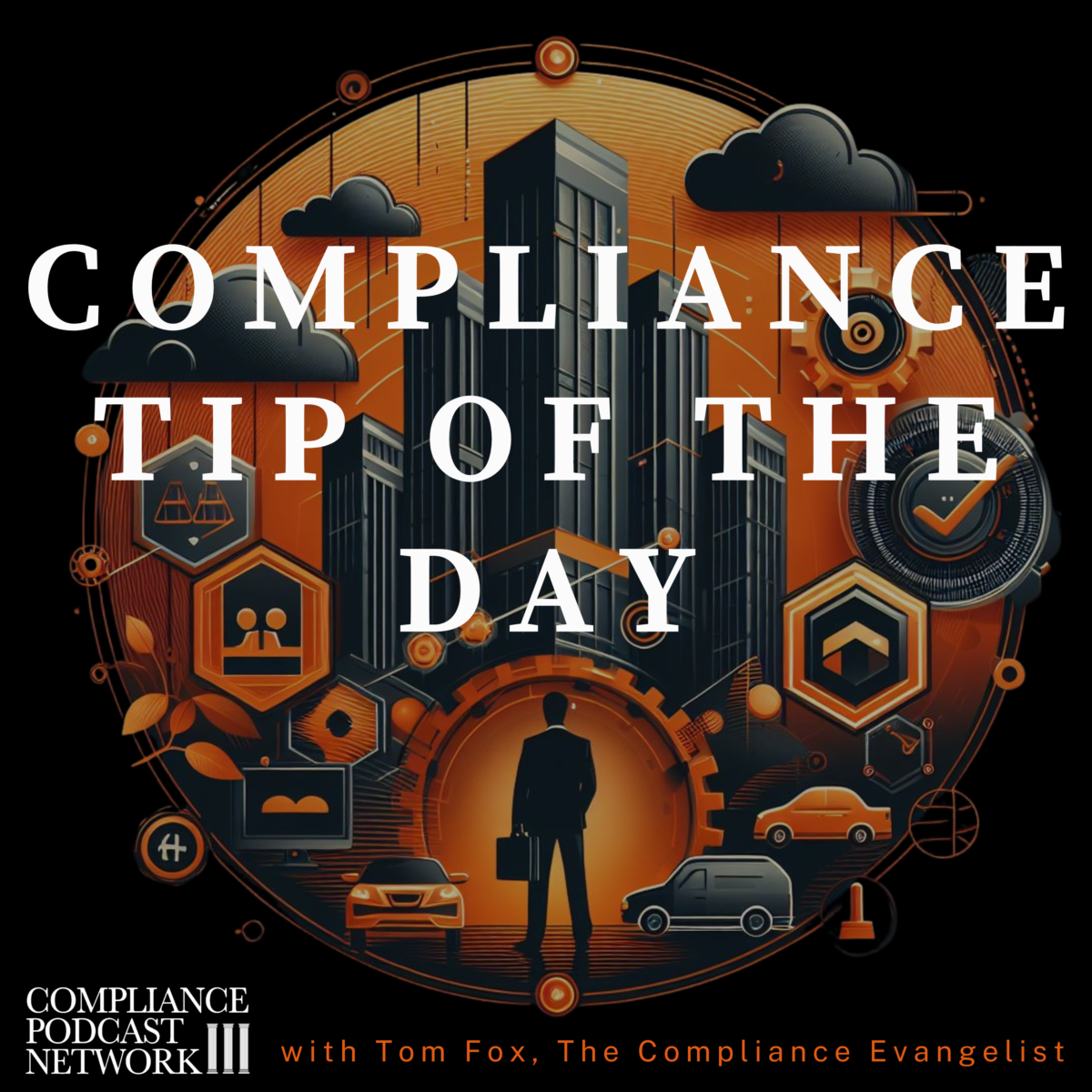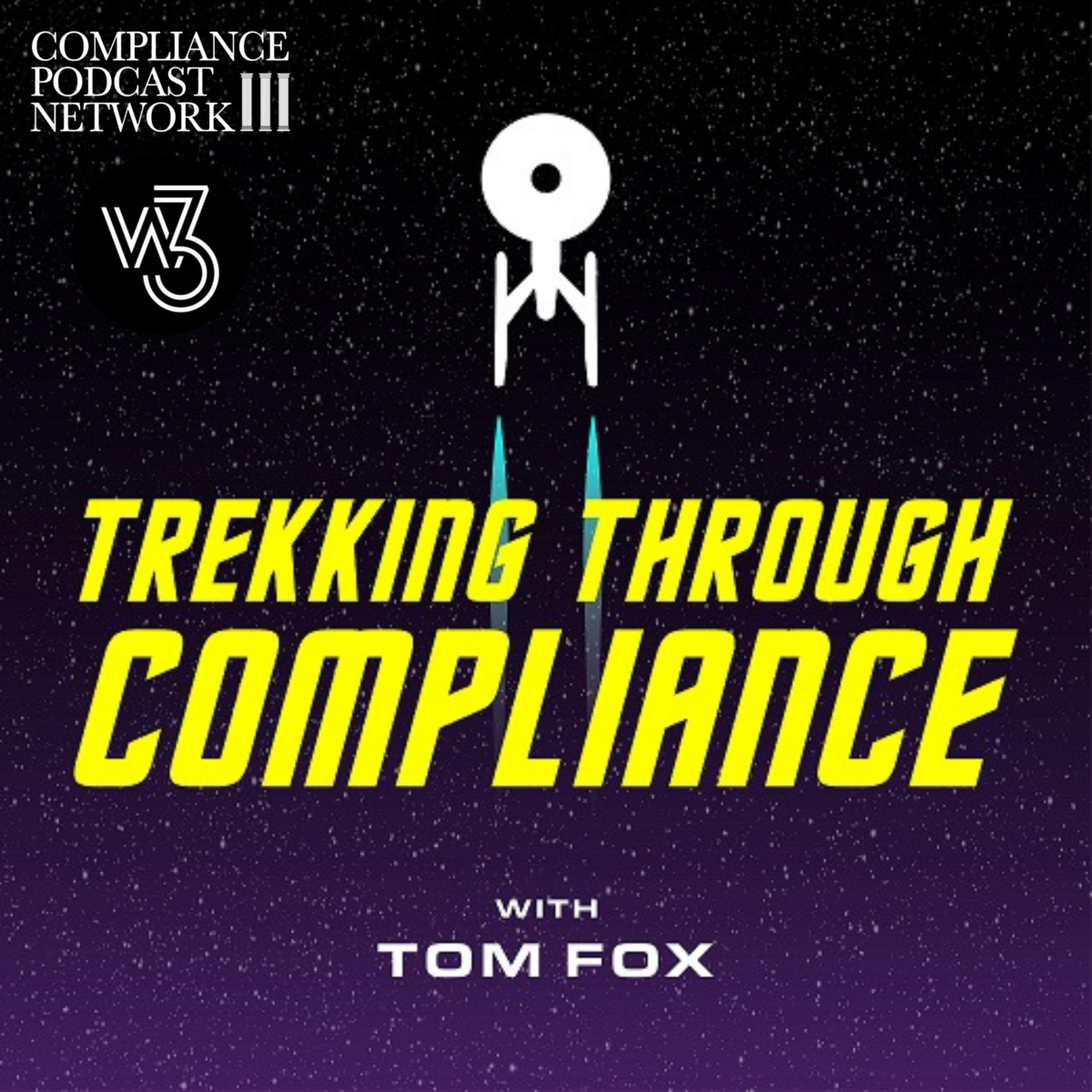We continue our weeklong exploration of issues related to using Generative AI in compliance by examining some AI governance issues. In the rapidly evolving landscape of AI, the importance of robust governance frameworks cannot be overstated. The need for comprehensive governance structures to ensure compliance, ethical alignment, and trustworthiness has become paramount as AI systems become increasingly integrated into compliance. Today, we will consider the critical areas of compliance governance and ethics governance and present a holistic approach to mitigating the risks associated with these issues.
MIA AI Governance: The Problems
Missing compliance governance can have far-reaching consequences, undermining the integrity of an entire AI-driven initiative. Businesses must ensure alignment with enterprise-wide governance, compliance, and control (GRC) frameworks. This includes aligning with model risk management practices and embedding robust compliance checks throughout the AI model lifecycle. By promoting awareness of how the AI model works at your organization, you can minimize information asymmetries between development teams, users, and target audiences, fostering a culture of transparency and accountability.
The lack of ethical governance can lead to misalignment with an organization’s values, brand identity, or social responsibility. The answer is that companies should develop comprehensive AI ethics governance methods, including defining ethical principles, establishing an AI ethics review board, and creating a compliance program that addresses ethical concerns. Adopting frameworks like Ethically Aligned AI Design (EAAID) can help integrate ethical considerations into the design process while incorporating AI governance benchmarks beyond traditional measurements to encompass social and moral accountability.
Another outcome of the lack of trustworthy or responsible AI governance can result in unintentional and significant damage. To address this, compliance professionals should help develop accountable and trustworthy AI governance methods that augment enterprise-wide GRC structures. This can include establishing a committee such as an AI Advancement Council or similar structure in your company to oversee mission priorities and strategic AI advancement planning, collaborating with service line leaders and program offices to align with ethical AI guidelines and practices, and developing compliance programs to guide conformance with ethical AI principles and relevant legislation. Finally, implementing AI-independent verification and validation processes can help identify and manage unintentional outcomes.
The Solution
By addressing the critical areas of compliance governance and ethics governance through a more holistic approach, businesses can create a comprehensive framework that mitigates the risks associated with the absence of these crucial elements. This approach ensures that AI systems comply with relevant regulations and standards and align with your company’s values, ethical principles, and the pursuit of trustworthy and responsible AI. As the AI landscape evolves, this comprehensive governance framework will be essential in navigating the complexities and safeguarding the integrity of AI-driven initiatives.
Here are some key steps compliance professionals and businesses can think through to facilitate AI governance in your company:
- Establish a Centralized AI Governance Body:
- Create an AI Governance Council that oversees your organization’s AI strategy, policies, and practices.
- Ensure the council includes representatives from various stakeholder groups, such as legal, compliance, ethics, risk management, IT, and other subject matter experts.
- Empower the council to develop and enforce AI governance frameworks, guidelines, and processes.
- Conduct AI Risk Assessments:
- Identify and assess the risks associated with the organization’s AI initiatives, including compliance, ethical, and other compliance-related risks.
- Prioritize the risks based on their potential impact and likelihood of occurrence.
- Develop mitigation strategies and action plans to address the identified risks.
- Align AI Governance with Enterprise-wide Frameworks:
- Ensure the AI governance framework is integrated with the organization’s existing GRC and Risk Management processes.
- Establish clear lines of accountability and responsibility for AI-related activities across the organization.
- Integrate AI governance into the organization’s broader risk management and compliance programs.
- Implement Compliance Governance Processes:
- Develop and enforce AI-specific compliance controls, policies, and procedures.
- Embed compliance checks throughout the AI model lifecycle, from development to deployment and monitoring.
- Provide training and awareness programs to educate employees on AI compliance requirements.
- Establish Ethics Governance Mechanisms:
- Define the organization’s AI ethics principles, values, and code of conduct.
- Create an AI Ethics Review Board to assess and monitor the ethical implications of AI initiatives.
- Implement processes for ethical AI design, such as the Ethically Aligned AI Design methodology.
- Incorporate ethical AI benchmarks and accountability measures into the organization’s performance management and reporting processes.
- Implement Reliance-Related Governance:
- Develop responsible and trustworthy AI governance practices that align with the organization’s enterprise-wide GRC frameworks.
- Establish an AI Advancement Council to oversee strategic AI planning and alignment with ethical guidelines.
- Implement AI-independent verification and validation processes to identify and manage unintended outcomes.
- Provide comprehensive training and awareness programs on AI risk management for employees, contractors, and other stakeholders.
- Foster a Culture of AI Governance:
- Promote a culture of accountability, transparency, and continuous improvement around AI governance.
- Encourage cross-functional collaboration and communication to address AI-related challenges and opportunities.
- Review and update the AI governance framework regularly to adapt to evolving regulatory requirements, technological advancements, and organizational needs.
By following these steps, organizations can implement a comprehensive governance framework that addresses compliance, ethics, and reliance-related governance. This framework enables organizations to harness the power of AI while mitigating the associated risks.
AI Governance Resources
There are several notable resources the compliance professional can tap into around this issue of AI governance practices. The Partnership on AI Partnership on AI is a multi-stakeholder coalition of leading technology companies, academic institutions, and nonprofit organizations. It has been at the forefront of developing best practices and guidelines for the responsible development and deployment of AI systems. It has published influential reports and frameworks, such as the Tenets of Responsible AI and the Model Cards for Model Reporting, which have been widely adopted across the industry.
The Algorithmic Justice League (ALJ) is a nonprofit organization dedicated to raising awareness about AI’s social implications and advocating algorithmic justice. It has developed initiatives such as the Algorithmic Bias Bounty Program, encouraging researchers and developers to identify and report biases in AI systems. The AJL has highlighted the importance of addressing algorithmic bias and discrimination in AI.
IEEE Global Initiative on Ethics of Autonomous and Intelligent Systems is a multidisciplinary effort to develop standards, guidelines, and best practices for the ethical design, development, and deployment of autonomous and intelligent systems. It has produced key documents and reports, such as the Ethically Aligned Design framework, which guides the incorporation of ethical considerations into AI development.
The AI Ethics & Governance Roundtable is an initiative led by the University of Cambridge’s Leverhulme Centre for the Future of Intelligence. It brings together industry, academia, and policymaking experts to discuss emerging issues, share best practices, and develop collaborative solutions for AI governance. The roundtable’s insights and recommendations have influenced AI governance frameworks and policies at the organizational and regulatory levels.
These examples demonstrate the power of industry collaboration in advancing AI governance practices. By pooling resources, expertise, and diverse perspectives, these initiatives have developed comprehensive frameworks, guidelines, and standards being adopted across the AI ecosystem. Compliance professionals should avail themselves of these resources to prepare your company to take the next brave steps in the intersection of compliance, governance, and AI.










